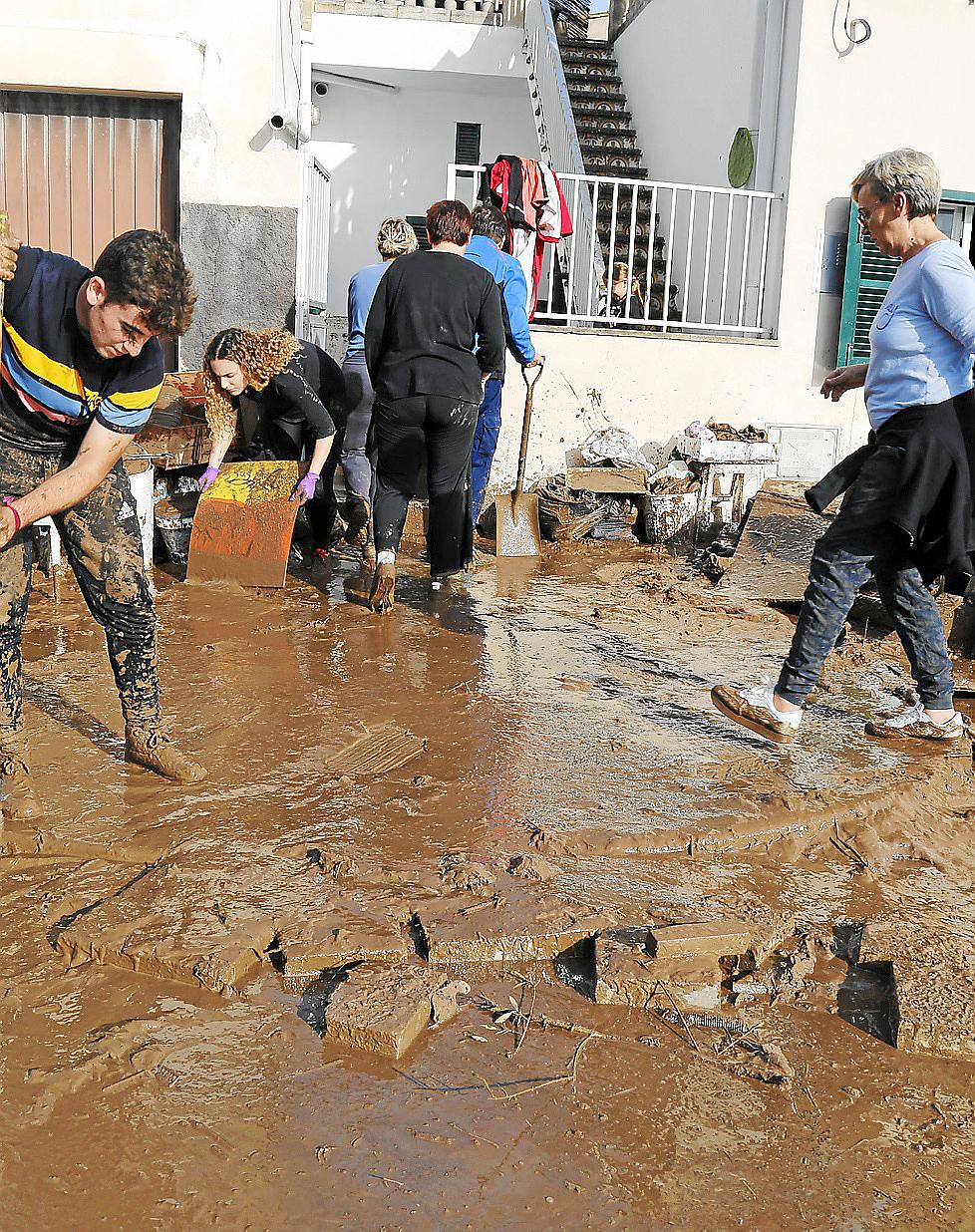Yesterday, the Balearic government announced that, to date, 30.4 million euros have been spent in repairing the damage caused by the floods.
Tonnes of waste
173 kilometres of river beds in the disaster region have been attended to, nearly 30 kilometres of walls have been repaired and over 2,200 tonnes of waste have been removed.
But, apart from the damage caused to infrastructure, the government has handled over 1,000 private and commercial cases while loans to the various affected local councils have also been granted to help with the clean up.
The government has also agreed on a series of tax breaks and cuts to ease the burden on those individuals, businesses and families who fell victim to the devastating floods - weather forecasters said that 20cm (8in) of rain fell in just four hours.
And, the region is still on the road to recovery, the road network was only recently reestablished.But important lessons have been learnt.
A team from the University of the Balearic Islands has been spending the months since the disastrous and fatal flooding in Majorca’s northeast investigating the causes of the disaster.
Headed by the professor for physical geography, Miquel Grimalt, their study started with a precise assessment of the flood’s behaviour.
They have sought to quash certain myths about there having been a great wave of water or the torrent having been poorly maintained.
Grimalt is making clear that the torrent’s condition adhered to standards.
It was “clean”, although the action of the flood would have introduced waste.
A different issue is the capacity of the torrent to deal with water.
It was expanded after floods in 1989, but - in the team’s view - is insufficient for coping with over 500 cubic metres per second that can pass through it.
A second factor is the presence of various oversized bridges which act as a barrier to the passage of water.
Too close to the river
These leave barely 24 square metres of space beneath them, when ideally there should be much more.
Grimalt notes that the rail bridge, which was built in the early twentieth century, is one that can tolerate high volumes of water.
A third factor are buildings that are too close to the torrent.
Some of these are large and divert the water, meaning that it can reach five metres in height and is then channelled directly into the village.
Grimalt says that “there are no magic solutions” but believes that if there had been proper planning, the impact of the flooding last October would have been lower.
The flooding also had a negative impact on the marine environment.

